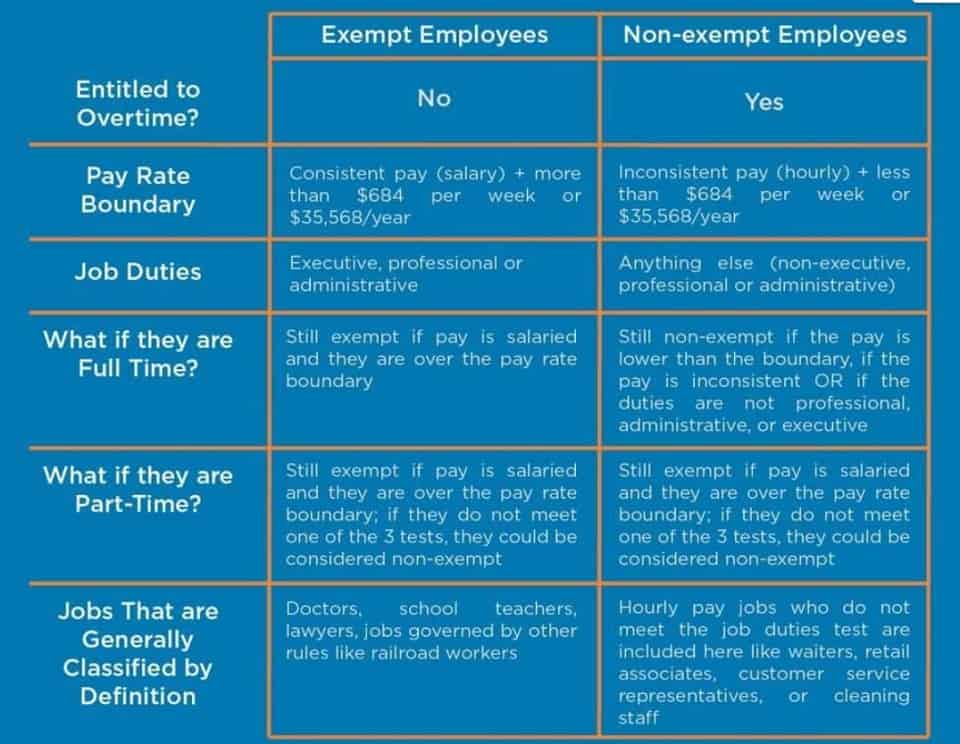Net Working Capital Formula Example Calculation Ratio

Conversely, negative working capital occurs if a company’s operating liabilities outpace the growth in operating assets. This situation is often temporary and arises when a business makes significant investments, such as purchasing additional stock, new products, or equipment. A negative net working capital, on the other https://www.bookstime.com/ hand, shows creditors and investors that the operations of the business aren’t producing enough to support the business’ current debts. If this negative number continues over time, the business might be required to sell some of its long-term, income producing assets to pay for current obligations like AP and payroll.
Streamline your order-to-cash operations with HighRadius!
The NWC metric is often calculated to determine the effect that a company’s operations had on its free cash flow (FCF). Aside from gauging a company’s liquidity, the NWC metric can also provide insights into the efficiency at which operations are managed, such as ensuring short-term liabilities are kept to a reasonable level. Net Zero Working Capital indicates your company’s liquidity is sufficient to meet its obligations but doesn’t have the cash flow for investment, expansion, etc.
Everything You Need To Master Financial Modeling
In other words, her store is very liquid and financially sound in the short-term. She can use this extra liquidity to grow the business or branch out into additional apparel niches. To calculate change in working capital, you first subtract the company’s current liabilities from the company’s current assets to get current working capital. You then take last year’s working capital number and subtract it from this year’s working capital to get change in working capital.
Implement effective credit control measures

For example, if it takes an appliance retailer 35 days on average to sell inventory and another 28 days on average to collect the cash post-sale, the operating cycle is 63 days. The current assets section is listed in order of liquidity, whereby the most liquid assets are recorded at the top of the section. While A/R and inventory are frequently considered to be highly liquid assets to creditors, uncollectible A/R will NOT be converted into cash. In addition, the liquidated value of inventory is specific to the situation, i.e. the collateral value can vary substantially. In the final part of our exercise, we’ll calculate how the company’s net working capital (NWC) impacted its free cash flow (FCF), which is determined by the change in NWC. The textbook definition of working capital is defined as current assets minus current liabilities.
Want More Helpful Articles About Running a Business?
First, the company can decrease its accounts receivable collection time. Second, it can reduce the amount of carrying inventory by sending back unmarketable goods to suppliers. Third, the company can negotiate with vendors and suppliers for longer accounts payable payment terms. Each one of these steps will help improve the short-term liquidity of the company and positively impact the analysis of net working capital.
How Do You Calculate Working Capital?
It reflects the fluctuations in a company’s short-term assets and liabilities. It shows how efficiently a company manages its current resources, such as cash, inventory, and accounts payable. Positive changes indicate improved liquidity, while negative changes may suggest financial strain. Working capital is a basic accounting formula (current assets minus current liabilities) business owners use to determine their short-term financial health. Changes in working capital can occur when either current assets or current liabilities increase or decrease in value. The Incremental Net Working Capital (NWC) measures the percent change in a company’s operating current assets and current liabilities relative to its change in revenue.
- To reduce short-term debts, a company can avoid unnecessary debt, secure favorable credit terms, and manage spending efficiently.
- It won’t decrease until production goes down, which may be very, very far in the future.
- You calculate working capital by subtracting current liabilities from current assets, providing insight into a company’s ability to meet its short-term obligations and fund ongoing operations.
- However, a short period of negative working capital may not be an issue depending on the company’s stage in its business life cycle and its ability to generate cash quickly.
- Companies with significant working capital considerations must carefully and actively manage working capital to avoid inefficiencies and possible liquidity problems.
Resources for Your Growing Business
This Site cannot and does not contain legal, tax, personal financial planning, or investment advice. The legal, tax, personal financial planning, or investment information is provided for general informational and educational purposes only and is not a substitute for professional advice. Accordingly, before taking any actions based on such information, we encourage you to consult with the appropriate professionals. We do not provide any legal, tax, personal financial planning, or investment advice. CFO Perspective, LLC assumes no responsibility for errors or omissions in the contents on the site.
Current Liabilities
You can then use this figure to better understand your company’s health. If your firm experiences a positive change in net working capital, it may have more cash to invest in growth opportunities or repay debt. If it experiences a negative change, on the other hand, it can indicate that your company is struggling to meet its short-term obligations. If the change in working capital is positive, then the change in current liabilities has increased more than the current assets. As a business owner, it is important to know the difference between working capital and changes in working capital. Working capital tells you the level of assets your business has available to meet its short-term obligations at a given moment in time.
Business is Our Business
In order to better understand the ways in which NWC, changes in NWC, and the NWC ratio are used, let us consider the example of fictional business Company X and its efforts to monitor and manage its liquidity. You can narrow the focus of your Net working capital calculation by removing cash and debts. FAST (Finance and Strategy increase in net working capital formula Toolkit) is the membership program that gives you resources for better strategic financial management. Get direct access to me as well as tools for improved decisions that can lead to improved performance. Earnings in the first year of increased sales may cover part of the permanent increase in working capital.

How to Calculate Working Capital Cycle
- A ratio above two may mean you can invest cash in your business, pay down debt, or distribute it to owners.
- However, these strategies won’t improve your net working capital formula or your working capital ratio.
- In financial accounting, working capital is a specific subset of balance sheet items and is calculated by subtracting current liabilities from current assets.
- Short-term debt is easier to get than long-term debt and can come with teaser rates as low as 0%.
- Unlike working capital, it uses different accounts in its calculation and reports the relationship as a percentage rather than a dollar amount.
- Using hedging strategies to offset swings in cash flow can mitigate unexpected changes in working capital.
Lenders will often look closely at a potential borrower’s working capital and change in working capital from quarter-to-quarter or year-to-year. Inventory decisions are a crucial factor that can lead to a change in working capital. If a company chooses to spend more on inventory to increase its fulfillment rate, it will use up more cash. Excessive working capital for a prolonged period of time can mean a company is not effectively managing its assets. Changes in working capital are important to monitor and are often used by investors and lenders to assess the health and value of a business.



Leave a Reply